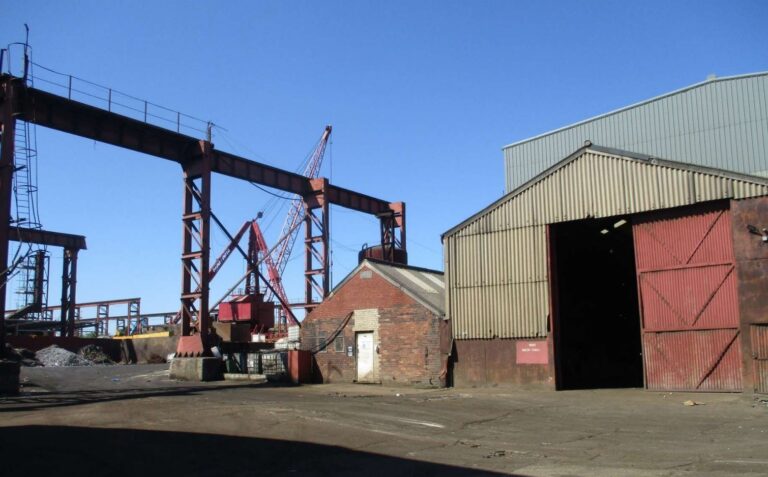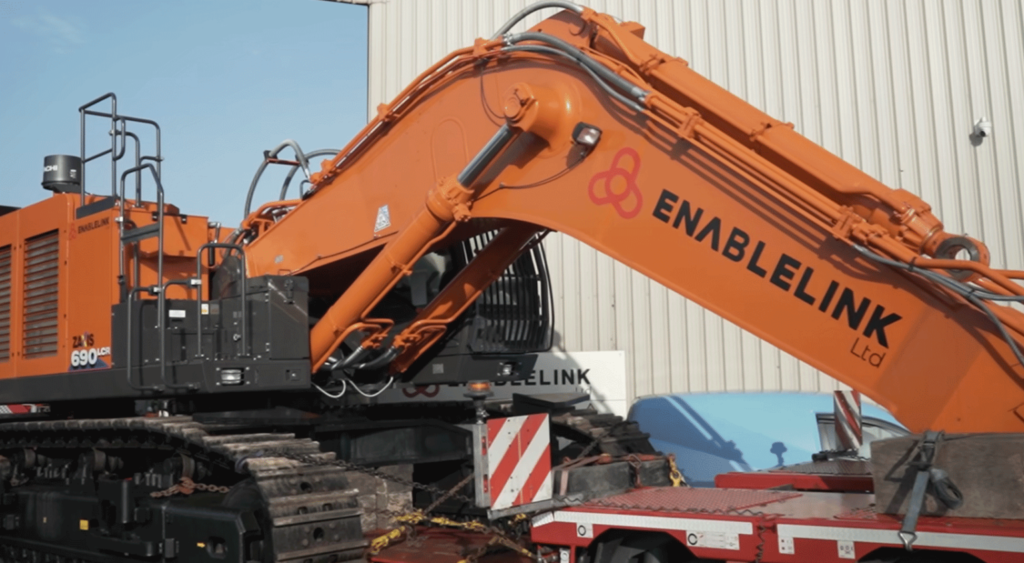The government's ELV consultation group – which includes the British Metal Recyclers' Association, the Motor Vehicle Dismantlers Association of Great Britain, the British Vehicle Salvage Federation and the Society of Motor Manufacturers and Traders (SMMT), is currently considering how the UK will implement the EU directive on ELVs.
Vehicle producers already know they will be responsible for ELV treatment in the UK from 2007, but how this is achieved, and the system running up to that date, still has to be decided.
Targets
Recycling and recovery targets for all ELV Authorised Treatment Facilities (ATFs) in the UK will be:
- A minimum of 85% re-use and recovery each year, including a minimum 80% recycling from July 1 2006.
- A minimum of 95% re-use and recovery each year, including a minimum 85% recycling from July 1 2015.
Government officials are also said to be considering interim targets to lead up to these. Lower targets of 75% re-use and recovery, and 70% for reuse and recycling will be acceptable between 2006-2014 for vehicles produced before January 1 1980.
Although other possibilities have not yet been formally rejected – such as the “producer choice” option and the vehicle recovery note system (see letsrecycle.com story) – current discussions are now centring on an “own brand” system.
Collection
In the “own brand” proposal, vehicle manufacturers and importers (producers) would set up their own collection and treatment networks, using ATFs, to handle ELVs of their own brand.
Last owners will not be charged by ATFs for the treatment of vehicles put on the market after July 1 2002, and from July 1 2007 last owners will not be charged for the treatment of any vehicle. However, last owners will be liable to charges if the ELV has had any components (such as the engine) removed, or if additional waste has been left in the ELV.
A last owner could also be charged if he or she decides to use an independent ATF rather than an ATF contracted to one of the producers.
An ATF could be contracted to more than one producer, so long as it has sufficient capacity for the likely arisings of those producers' brands. ATFs would be able to treat ELVs other than their contracted brands, but would not necessarily gain re-imbursement from those non-contracted ELV producers.
Similarly, independent ATFs with no contractual arrangements with producers would be able to take ELVs, but would do so only on the basis of the value of ELV scrap, producers would not provide funds for non-contracted vehicles.
Plans
Producers would have to register with the Environment Agency before a certain date, and declare the number of ELVs of its own brand it is responsible for treating. Producers would then have to provide an operational plan to the Agency showing its collection system is adequate, reasonably accessible to last owners and contains sufficient ATFs to treat the ELVs to the standards laid out in the European Directive.
Continued on page 2











Subscribe for free